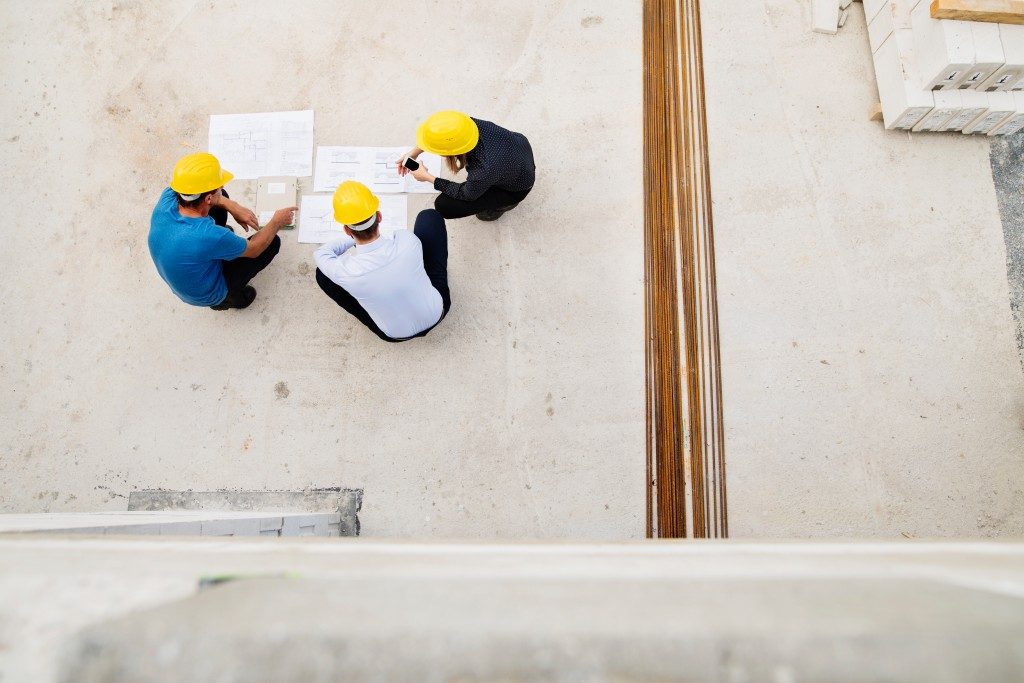Inspectors from various organisations are exchanging information and exploring the concerns and deficiencies observed from building sites. In particular, they are determining how persistent sub-standard installation of important safety-critical fasteners in concrete substrates can contribute to weakness of a structure.
Construction fasteners connect two objects together to create non-permanent joints. Improper installation can result in the partial or total collapse of a structure. This could endanger human life and result in massive economic losses for all parties involved.
Types of Fasteners
Traditionally, fastener products were made with cast-in anchors or through bolts. However, insert-type fasteners are more commonly used for construction today. These include expanding and chemical anchors and concrete screws.
New types of fasteners provide more benefits than the old ones had. However, their performance and advantages decrease with incorrect manufacturing and installation techniques. Collapses and failures are directly related to these poor practices. As such, building designers, fastener installers, contractors, and other tradesman should ensure fasteners are properly specified and installed. They need to ensure that fasteners can sustain the weight and loads meant for them throughout the building’s course of life.
Why Building Elements May Fail
There are several factors that may contribute to building collapse and structural problems. Contractors should ensure that fasteners are properly installed especially when connecting important building structures. For instance, they should ensure fasteners used to connect the building’s frame to concrete masonry support beams are installed following the manufacturer’s specific guidelines.
Problems related to the installation of insert-type fasteners may come in different forms. They could result from use of fasteners of inadequate depth. The fasteners may also be unable to sufficiently penetrate into structural concrete-filled cores of masonry. As a result, they cannot provide binding and connecting properties. Finally, fasteners without the durability to resist corrosion can cause deficiencies in a building structure.

Considerations of Contractors
Building contractors need to consider how and why safety-critical fasteners fail. They should determine whether this is because of poor installation or inherent inadequate durability of the fixings in a particular environment.
Before installing fasteners into a construction, contractors should make sure they are the appropriate type, size, and durability. They should then be installed in strict accordance with the fastener manufacturer’s recommendations and guidelines.
Available Access Points
Contractors can create various access points to facilitate future building inspection. This will allow them to check on and view safety-critical fastener points at various areas within the building.
The ability to observe and regularly check on these points both during construction and throughout the building’s life is a good measure for maintaining building occupant and public safety. Viewing access essentially allows maintenance personnel to check on corrosion issues, embedment, and structural soundness.
Recommendations
Fastener installers should be properly trained and competent to ensure that fasteners are properly specified, selected, designed, and installed into a particular building structure. In addition, certified installers are better equipped to assess concrete condition and are prepared with necessary equipment and tools.
Ongoing and continuous safety applications employed at a construction site can promote structural performance and promote the longevity of a building.

